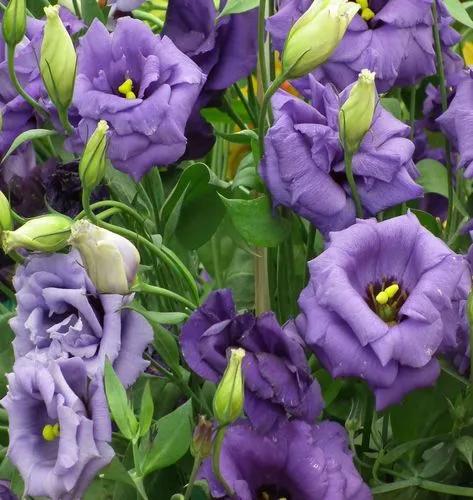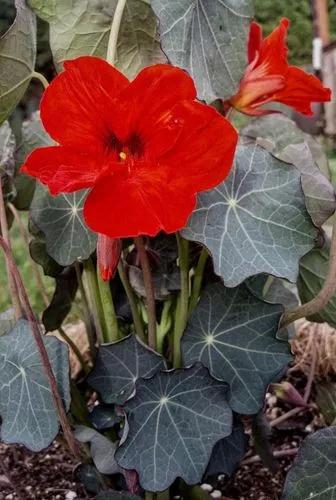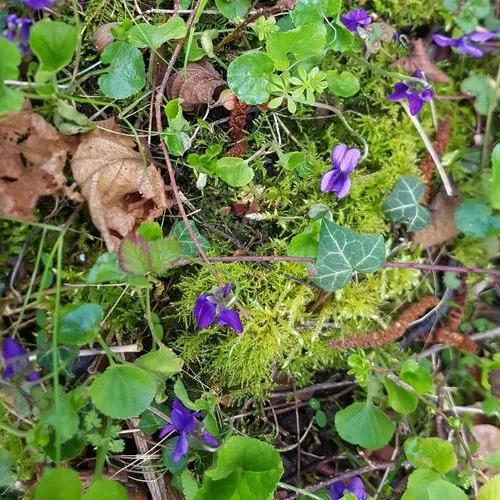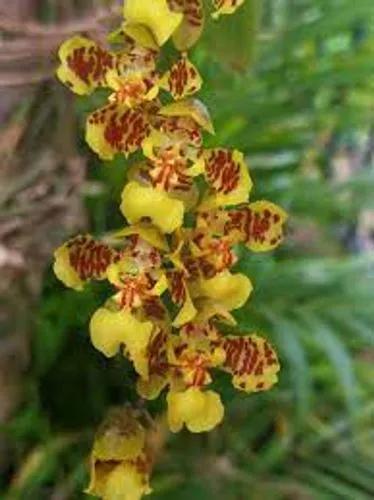Black-eyed Susans (Rudbeckia hirta) are native to North America and one of the most popular wildflowers grown. They tend to blanket open fields, often surprising the passerby with their golden-yellow beauty. Members of the aster family, Asteraceae, the “black eye” is named for the dark, brown-purple centers of its daisy-like flower heads. The plants can grow to over 3 feet tall, with leaves of 6 inches, stalks over 8 inches long, and flowers with a diameter of 2 to 3 inches.Butterflies, bees, and a variety of insects are attracted to the flowers for the nectar. As they drink the nectar, they move pollen from one plant to another, causing it to grow fruits and seeds that can move about easily with the wind.These plants bloom from June to October. Note that they can be territorial in that they tend to squash out other flowers growing near them.
Black Eyed Susan Care
Rudbeckia Hirta



It's invasive in many tropical areas, including Hawaii and Mexico.
How to Care for the Plant

Water

Although black-eyed susan is a moderately drought-tolerant plant, the soil should never be bone dry. water only when the top of the soil feels dry.

Pruning

Remove dead leaves.

Fertilizer

An organic, balanced, liquid fertilizer once a month during growth period is recommended.

Sunlight

Needs a bright, indirect sunlight.

Soil

The ideal blend of soil for plant growth is called loam. Often referred to as topsoil or black dirt by landscape companies, loam is a mixture of sand, clay, and silt.

Temperature

This plant likes warmer temperatures of 60 degrees Fahrenheit and more. It handles both drought and humidity well.

Container

Choose a pot with drainage holes, which also ensures potting soil doesn't stay too wet after watering your houseplants. The excess can freely escape out the bottom of the container, allowing oxygen to make its way to plant roots.

Popularity

5,217 people already have this plant 657 people have added this plant to their wishlists
Discover more plants with the list below
Related articles






